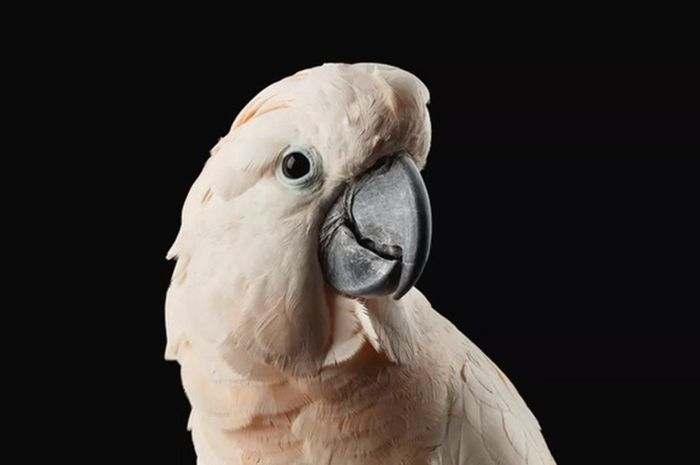Seregraff/Shutterstock
–
Portrait of a beautiful cockatoo. Scientists have long wondered why certain bird species are more innovative than others?
–
Nationalgeographic.co.id – If you’ve ever seen a grackle (a songbird of the American blackbird family) steal your dog’s pellets or a starling open a garbage bag. Then you will sense that some birds have learned to take advantage of new feeding opportunities. This is a clear sign of their intelligence.
Parrots and parrots are very intelligent. Crows are also very smart. Magpies, macaws, jays and parakeets are all brilliant birds. But how are these animals so smart when their brains are relatively small? After all, isn’t it our large brain compared to our body size that makes us incredibly intelligent humans? Turns out, not necessarily.
Scientists have long wondered why certain bird species are more innovative than others. Whether this capacity comes from a larger brain (which intuitively seems possible) or from a greater number of neurons in certain brain areas. Turns out it was a bit of both.
According to a recent study by an international team involving members from McGill University, found that brain size is only part of the answer. More neurons in the right places is linked to greater intelligence in birds. The results of this study have been published in the journal Nature Ecology and Evolution pada 11 Juli 2022 dengan judul “Neuron numbers link innovativeness with both absolute and relative brain size in birds”.
The researchers used the new technique in their study. The technique was able to estimate the number of neurons in a specific part of the brain called the pallium in 111 bird species. The pallium in birds is equivalent to the human cerebral cortex. Among others involved in memory, learning, reasoning, and problem solving. This estimate of the number of neurons in the pallium when combined with information about more than 4,000 foraging innovations. That’s when the team found that species with a higher number of neurons in the pallium also tended to be the most innovative.
However, that’s not all the researchers found, there are other factors that support it. Longer development time in the nest is also another key factor.

Louis Lefebvre
–
The Barbados Bullfinch is carrying a packet of sugar.
–
“The amount of time young birds spend in the nest as their brains develop may also play an important role in the evolution of intelligence,” said McGill University Professor Emeritus Louis Lefebvre who spent more than 20 years collecting examples of foraging innovations. “Larger species of crows and parrots, known for their intelligence, spend more time in their nests. This allows more time for the brain to grow and collect pallial neurons.”
Read Also: Indonesia Faces World’s Highest Bird Extinction Threat
Read Also: The Animal World: Investigate the Woodpecker’s Head That Functions Like a Hammer
Read Also: The Earth’s Magnetic Field Moves Faster, How Do Migratory Birds Return Home?
An earlier study by University of Alberta researchers analyzed the brains of 98 birds. Even starting from chickens to parrots. They discovered that birds have nuclei spiriform medial (SpM), which circulates information between the cortex and the cerebellum. “This loop between the cortex and the cerebellum is important for planning and executing sophisticated behaviors,” said Doug Wylie, professor of psychology and co-author of the study. Study results published in the journal Scientific Reports on 1 July 2018.
Of all the birds, the parrot seems to be the most intelligent in terms of intelligence. The scientists analyzed the SpM size of birds compared to other parts of the brain and learned that parrots have a larger SpM than others. “Independently, parrots have developed an enlarged area that connects the cortex and cerebellum, similar to primates,” said Cristian Gutierrez-Ibanez, co-author of the study. postdoctoral at the University of Alberta. “This is another interesting example of convergence between parrots and primates. It starts with sophisticated behaviors, such as tool use and self-awareness. It can also be seen in the brain. The more we look at the brain, the more similarities we see.”
The results of this study help to reconcile previously conflicting views about the evolution and significance of brain size. It also shows how a life history perspective helps to understand the evolution of cognition.
<!–


